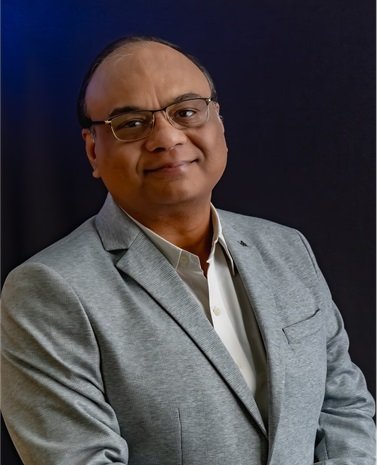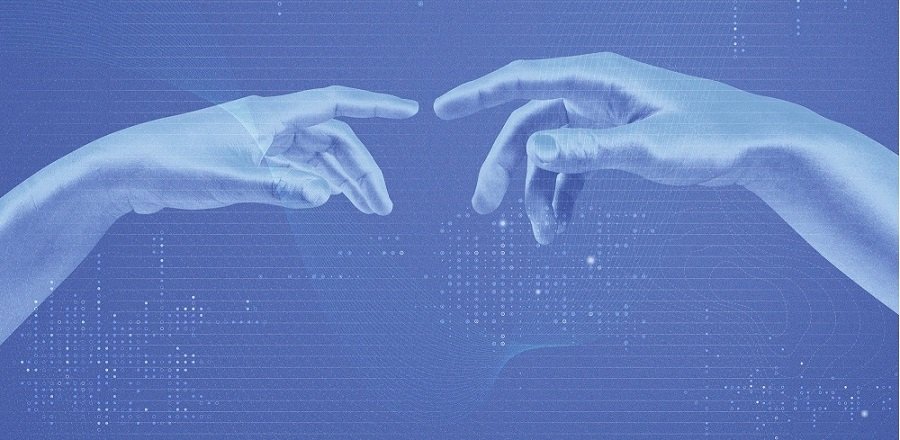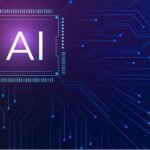Nemetschek Group is a global leader in providing innovative software solutions for the architecture, engineering, construction, and media industries. With a diverse portfolio of products, Nemetschek offers tools that support the entire lifecycle of construction projects, from design and planning to operation and management. Their services empower professionals with solutions in Building Information Modeling (BIM), project management, collaboration, and data analysis, enhancing efficiency, sustainability, and cost-effectiveness. By focusing on digital transformation and collaboration, Nemetschek Group helps clients streamline workflows, optimise processes, and drive innovation, contributing to the creation of smart, sustainable buildings and infrastructures worldwide. In a chat, Nirmalya Chatterjee, Country VP and Managing Director, Nemetschek Group – Indian Subcontinent speaks on the various aspects of their software business.
Q1. What are the most significant technological trends shaping the AEC sector in India and globally as we approach 2025? How is the adoption of Building Information Modeling (BIM) transforming project execution and management in the AEC industry?
Ans. The AEC industry is fundamentally changing through digitalisation and BIM has a key role in this process. BIM adoption is revolutionising the method of project execution and management at a global level; it’s a tool that smoothens the process, improves cooperation, and assures better decision-making at every step of the project. Even in India, BIM is in high momentum, the successful implementation of large-scale infrastructure projects has ensured efficiency, reduced time, and cost-effectiveness.
We believe in Open BIM, which is the open, vendor-neutral approach of equipping teams to exchange data freely between different software solutions. One can easily observe this through our flagship solutions like Archicad, Allplan, Solibri, Vectorworks, and Bluebeam. With these tools, architects, engineers, and construction professionals can easily integrate their workflows. Therefore, the transition to BIM means embracing the data-driven methodology of the AEC sector: a commitment to precision, sustainability, and long-term value creation.

Q2. With sustainability gaining prominence, how are emerging technologies enabling greener and more sustainable construction practices? What role do Artificial Intelligence and Machine Learning play in improving design accuracy and project efficiency within the AEC sector?
Ans. Sustainability is no longer an option but a need for the AEC industry. BIM, AI, and other new simulation tools all play their parts in further developing greener practices. Our flagship solutions like Archicad, Vectorworks, Allplan and Solibri solutions offer AEC project stakeholders to look at energy performance and lifecycle impacts much earlier in the process so that the projects get put on a pathway to achieve their sustainability goals.
AI and ML are revolutionizing the design precision and effectiveness of a project. With AI-based solutions, optimization in designs will be made hassle-free along with construction risk forecasting apart from better alternate design options, thus resulting in resource-saving & better planning of a project. Through our solutions’ AI assistance integration, actionable insights towards waste minimization, carbon footprint, and operations efficiency will be realized. The collaboration between technology and sustainability will make future buildings resilient and environmentally friendly.
Q3. How is the integration of IoT and Digital Twin technologies redefining asset management and operational efficiency in the construction domain? What advancements in cloud computing and collaborative platforms are enhancing team productivity and project coordination in the AEC sector?
Ans. Honestly, Digital Twin Word has been overused and misused so far, just creating a digital 3D model via point cloud is not a real digital twin approach. IoT and Digital Twin redefine how one manages assets. Real-time, dynamic digital representations of assets constitute Digital Twins. Using such digital twins, stakeholders can track the performance of assets, predict when maintenance will be required and extend the life of a particular asset. Our unique Digital Twin solution comprises the combination of two product brands, dTwin and dRofus, these solutions are used in providing creation and managing assets that lead the way in operational efficiency and wise decision-making. A platform agnostic approach from Nemetschek dTwin creates the differentiator among other solutions in the market.
Cloud computing and collaborative platforms are great facilitators of productivity and coordination. Tools such as Bluebeam enhance team collaboration by providing a shared digital workspace that allows the efficient review, annotation, and sharing of project information. This platform breaks barriers and provides instant access to data, thereby enhancing alignment, reducing rework, and speeding up the completion of projects.
Q4. How do you see automation and robotics evolving to address labour shortages and improve precision in construction processes? What impact do you foresee for data analytics and predictive modelling in driving strategic decision-making for AEC projects?
Ans. With the advent of automation and robotics, the construction processes would change. Autonomous machinery, 3D printing, and robotics reduce dependence on manual labour and improve precision, and safety while also reducing the problems of labour shortages and consistency of quality, as well as shortening the project times involved.
Data analytics and predictive modelling are fast becoming a necessity in making strategic decisions. Solutions from Nemetschek Group deploy advanced analytics in pushing actionable insights, project risk prediction, and resource optimization. Stakeholders can make well-informed decisions based on historical or real-time data that is deemed necessary to help toward better outcomes, thus project success.
Q5. What are the emerging security and data privacy challenges associated with increased digitization in AEC projects, and how can they be mitigated? How is technology enabling smart infrastructure development, such as smart cities and intelligent transportation systems, in India and globally?
Ans. Digitization brings challenges in the form of data breaches, unauthorized access, and cyber threats. The robust cybersecurity measures, data encryption, and secure cloud platforms are therefore crucial. We at Nemetschek Group focus on the integrity and privacy of data by providing secure solutions that are up to global standards, thereby fostering stakeholder confidence. Nemetschek Group has achieved ISO 27001 Certification Across Organizations, Reinforcing Commitment to Data Security and Customer Trust.
Technology is at the core of smart infrastructure development. From BIM-powered urban planning to IoT-enabled intelligent transportation systems, tools that shape future-ready cities are changing. Integrated solutions from Nemetschek Group empower stakeholders in energy-efficient infrastructure projects, improved mobility, and upgraded living standards for the city.
Q6. What are the key challenges in adopting advanced technologies in the AEC sector, particularly in developing economies like India? How do you envision the future of construction technology by 2025, and what innovations could become mainstream shortly?
Ans. There has been a misconception or myth around the construction segment about the deployment of technology being high cost and reducing the ROI, whereas it works revers, better technology adoption reduces the project execution and increases efficiency thereby increasing the ROI. Integration of advanced technologies in developing countries like India will be a cost-sensitive issue; lack of skilled personnel and inadequate digital infrastructure will also be an issue, but the policies of the government supporting infrastructure development and digital transformation are bringing tremendous changes in the ecosystem. Nemetschek Group wants to support this process in a scalable way, economically viable solutions meeting diverse market needs have been designed with a unique modular PACKAGE format, this will help AEC stakeholders to choose what they need in a very cost-effective way.
Digital Twins and generative design will be mainly used in mainstream processes through AI-driven design tools by 2025. Breakthroughs in immersive experiences for design visualization and construction methods will begin to gain momentum. Nemetschek plans to move the industry toward being cutting-edge to help the world build smarter, more sustainable, and more efficient ways.









